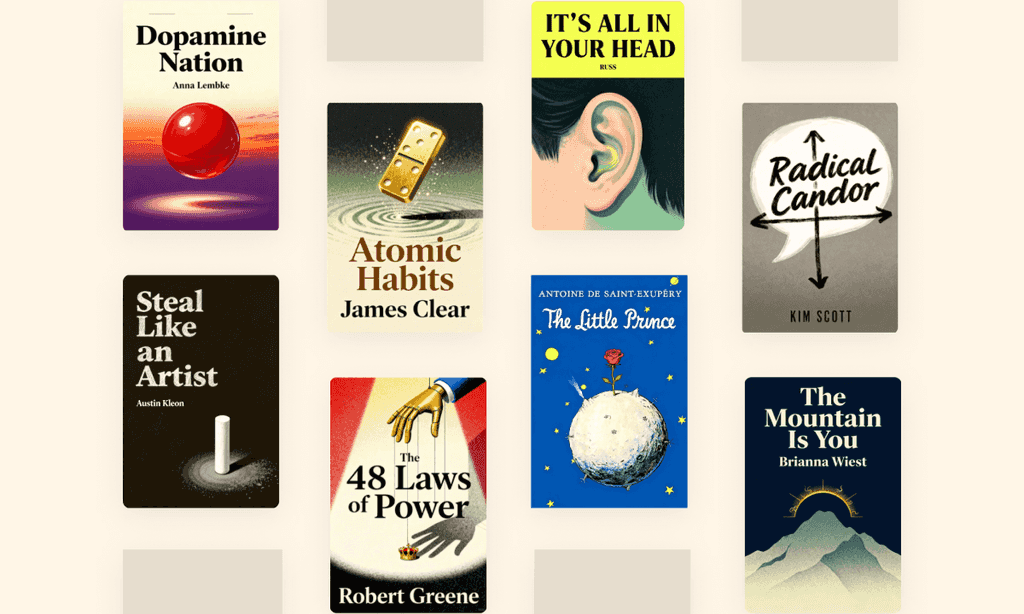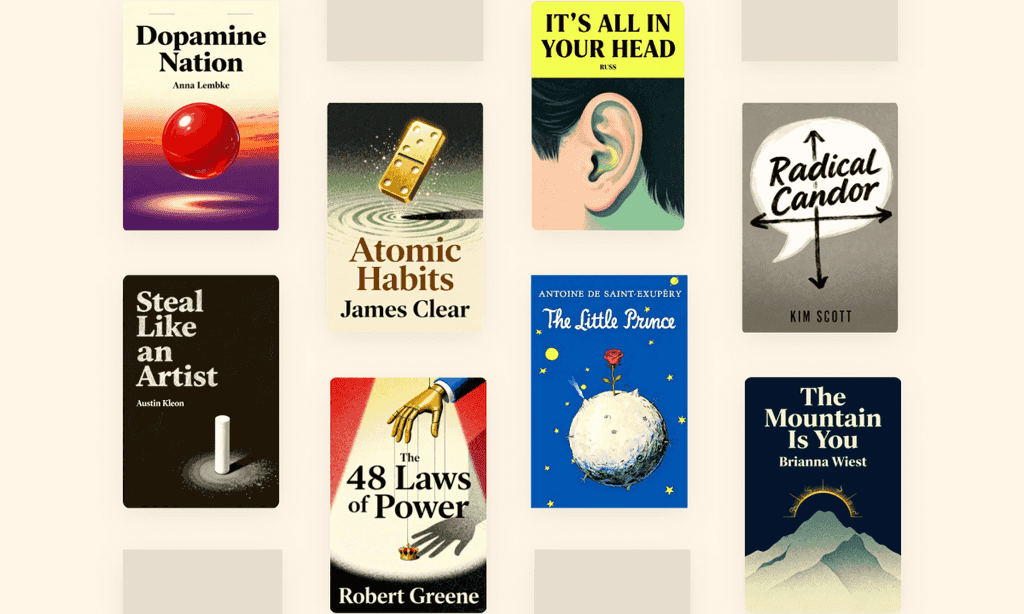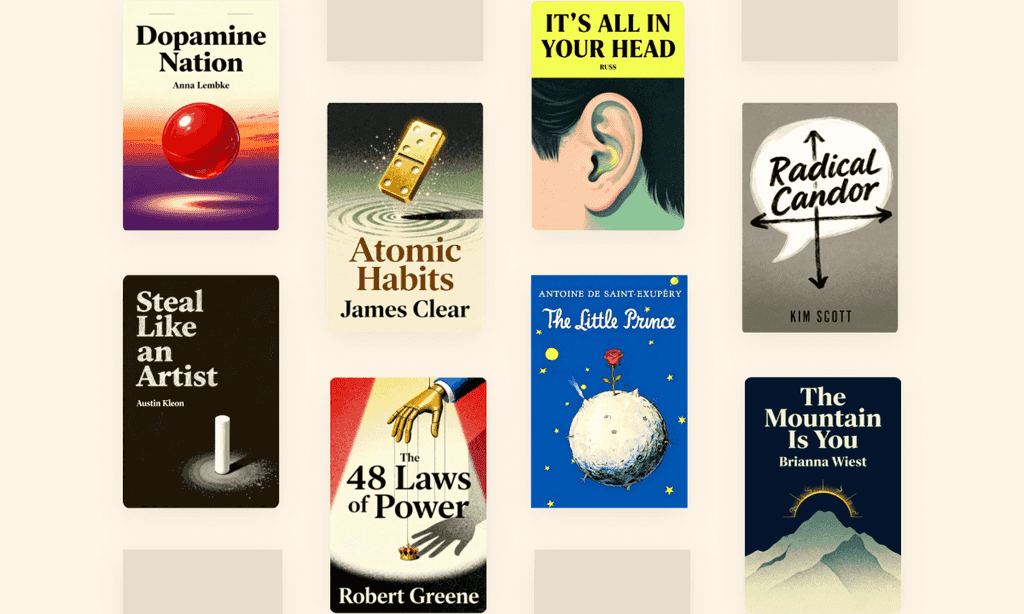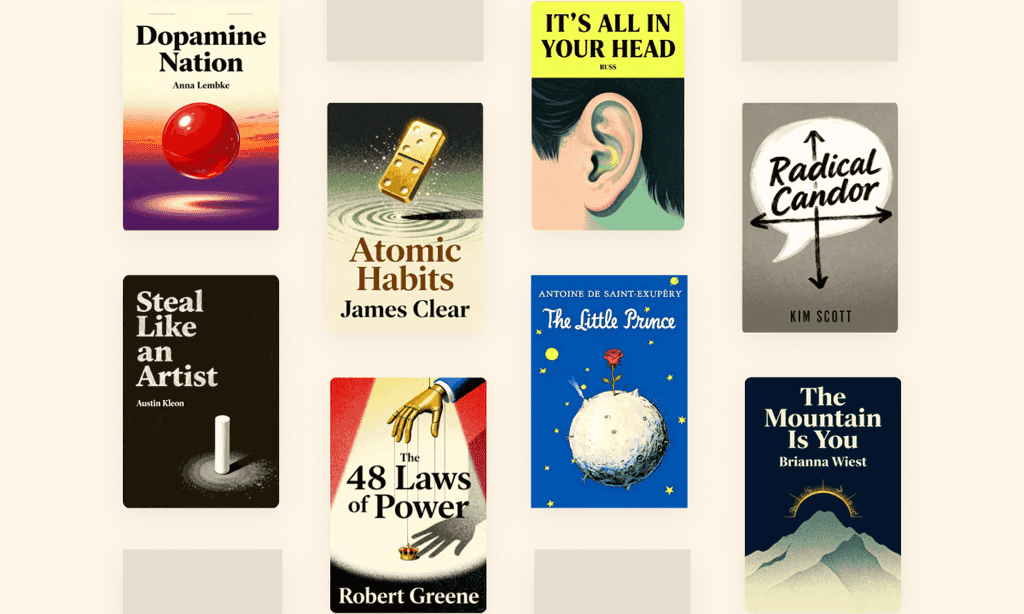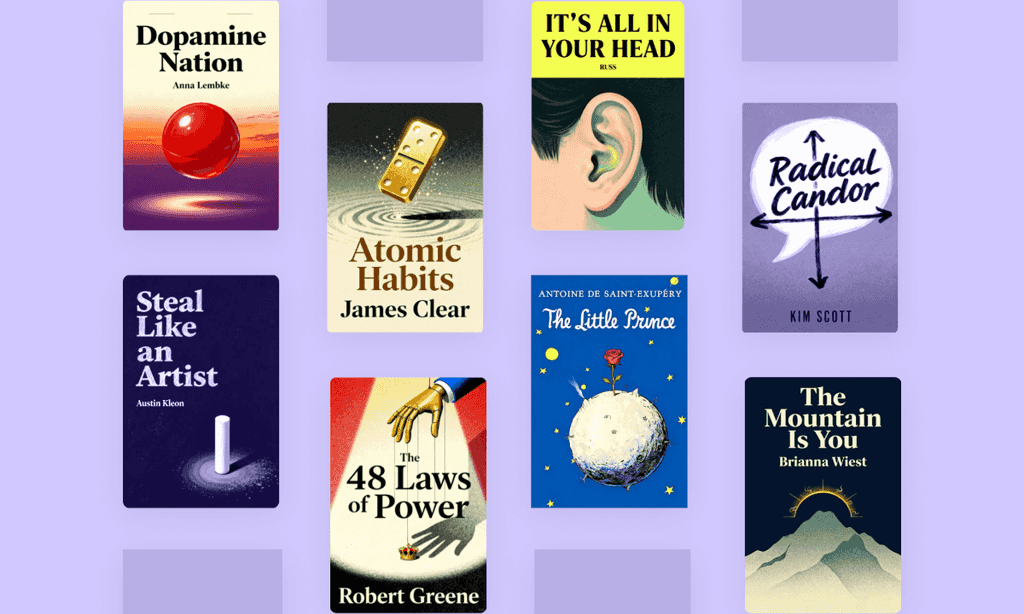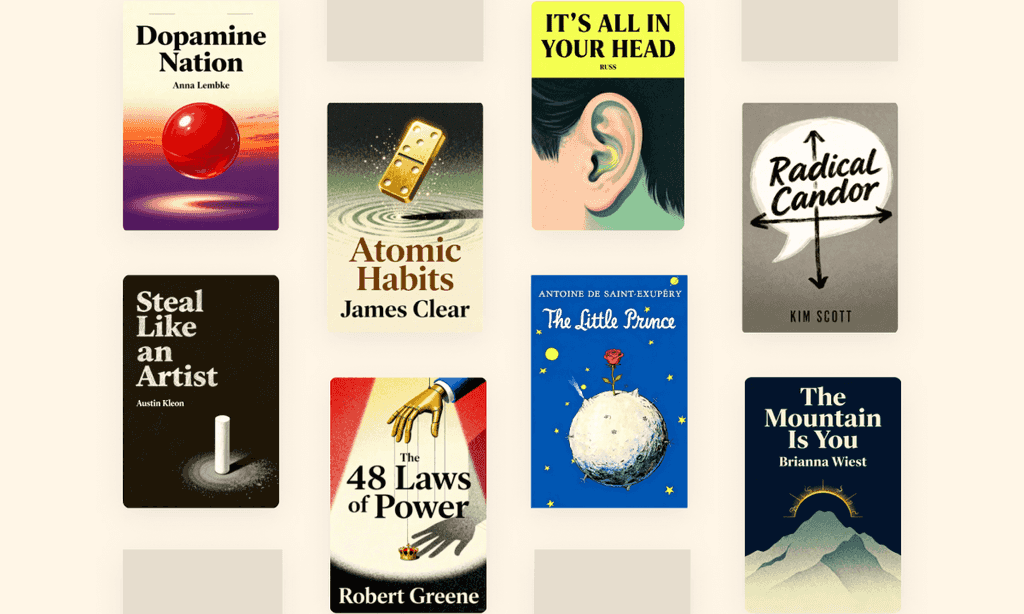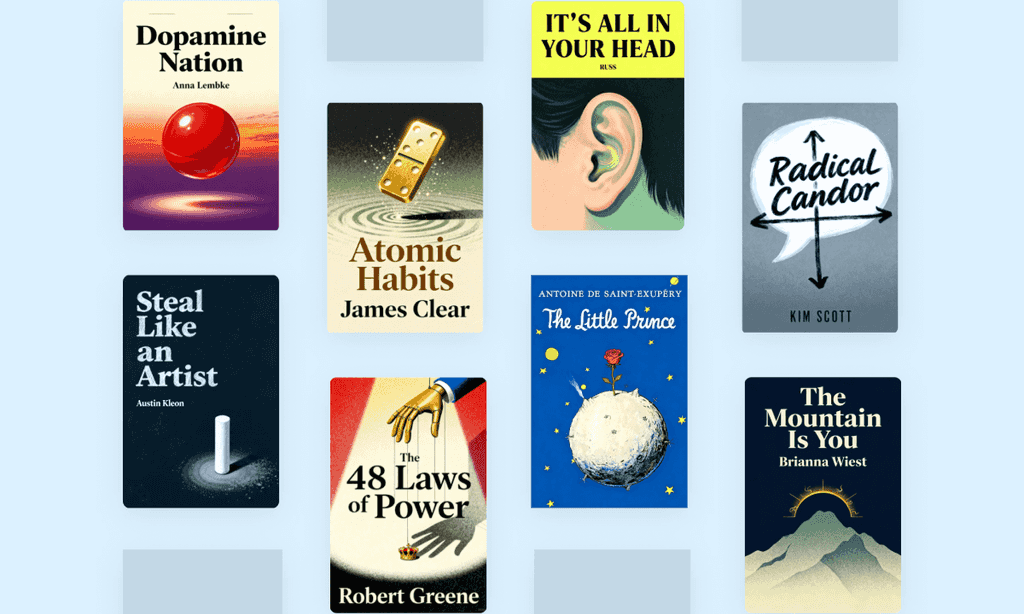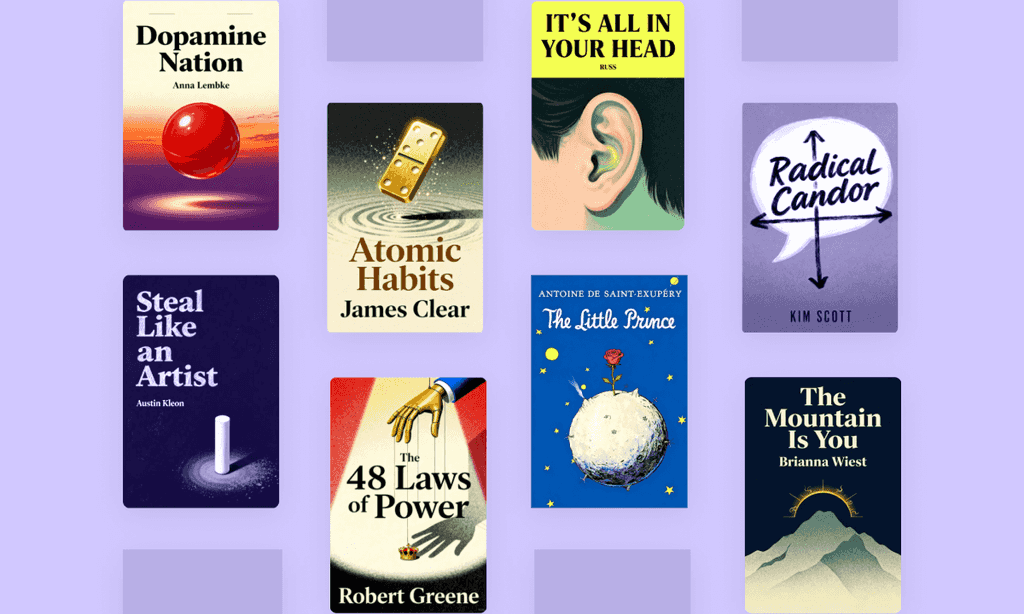Autobiography of a Yogi by Paramahansa Yogananda

Overview of Autobiography of a Yogi
Paramahansa Yogananda's spiritual masterpiece that captivated Steve Jobs, who read it annually and gifted it at his memorial. This 75-year bestseller, translated into 50+ languages, reveals ancient yogic wisdom that transformed Western meditation practices and continues to inspire millions seeking inner enlightenment.
About its author - Paramahansa Yogananda
Paramahansa Yogananda (1893–1952) was a revered spiritual leader and world teacher best known for his seminal work Autobiography of a Yogi, a spiritual classic blending memoir, philosophy, and yogic wisdom. Born Mukunda Lal Ghosh in Gorakhpur, India, he became a pioneering voice of Eastern spirituality in the West, founding the Self-Realization Fellowship in 1920 to disseminate Kriya Yoga teachings. His writings explore universal themes of divine union, meditation, and the science of religion, reflecting his deep immersion in India’s spiritual traditions under guru Swami Sri Yukteswar.
Yogananda authored numerous influential works, including The Second Coming of Christ (a 1,700-page analysis of Jesus’ teachings) and God Talks With Arjuna (a metaphysical commentary on the Bhagavad Gita). A gifted orator, he lectured nationwide in the U.S., spoke at the 1926 International Congress of Religious Liberals, and mentored luminaries like horticulturist Luther Burbank. Translated into 34 languages, Autobiography of a Yogi has sold millions of copies worldwide, remaining a cornerstone of modern spiritual literature since its 1946 publication.
Key Takeaways of Autobiography of a Yogi
- Kriya Yoga accelerates spiritual growth through breath control and meditation.
- A guru’s guidance is essential for transcending ego and achieving self-realization.
- The astral realm reveals life beyond physical death through divine encounters.
- Self-Realization Fellowship bridges Eastern spirituality with Western scientific thought.
- Divine love and service to others unlock eternal joy and purpose.
- Meditation cultivates mental wellness and direct experience of cosmic consciousness.
- Paramahansa Yogananda’s “how-to-live” principles balance body, mind, and soul.
- Miraculous events validate yoga’s power over material reality.
- All religions share universal truths of divine love and awakening.
- Persistent faith in God dissolves fear and manifests life’s goals.
- The causal body holds the soul’s immortal blueprint beyond reincarnation.
- Yogoda Satsanga teachings offer scientific methods for health and prosperity.









